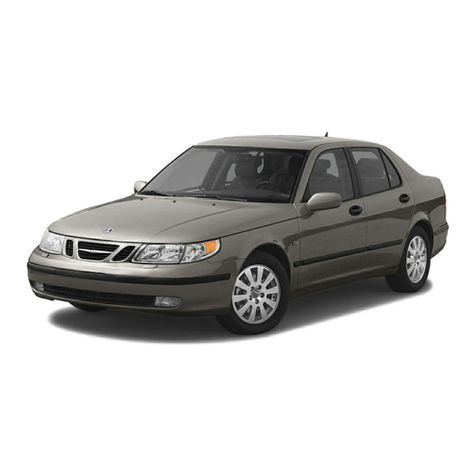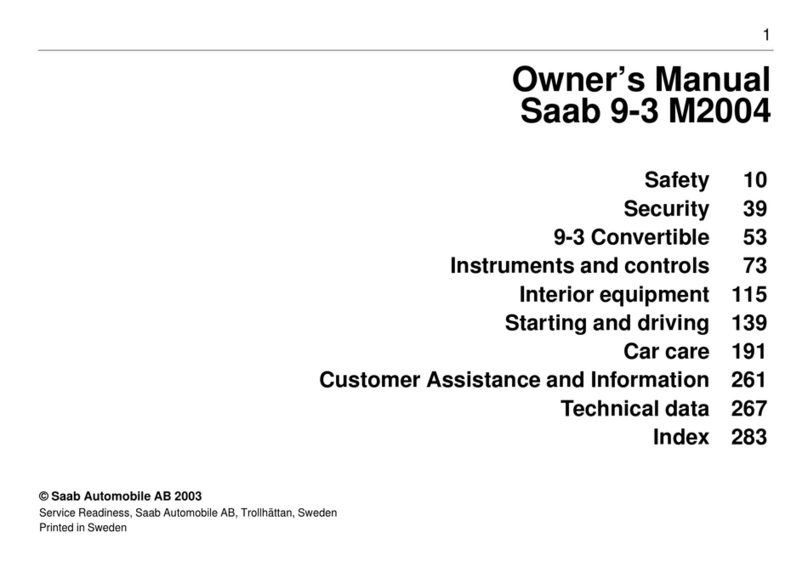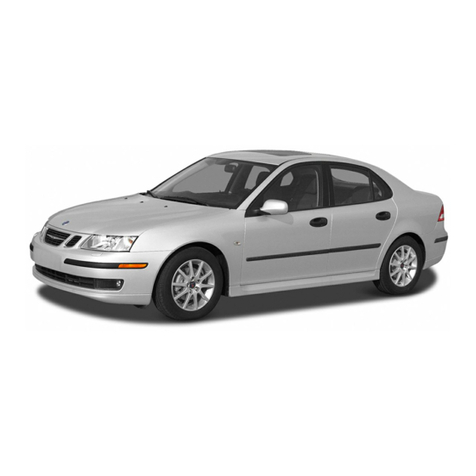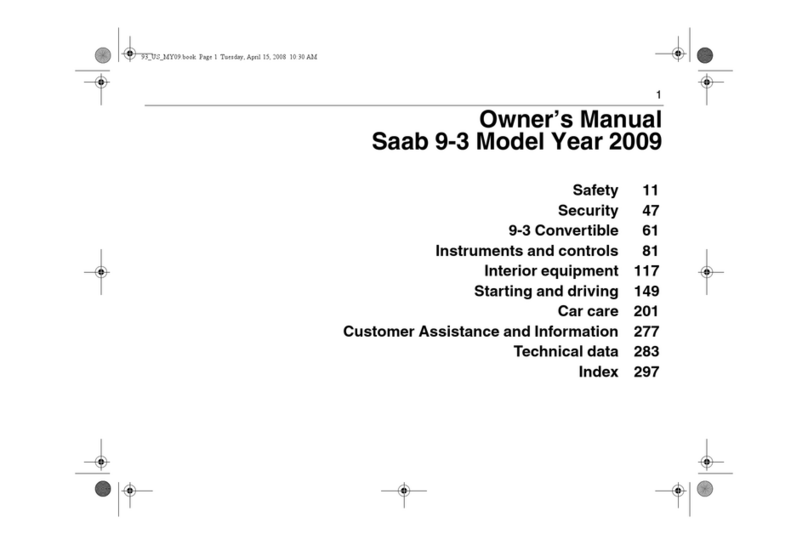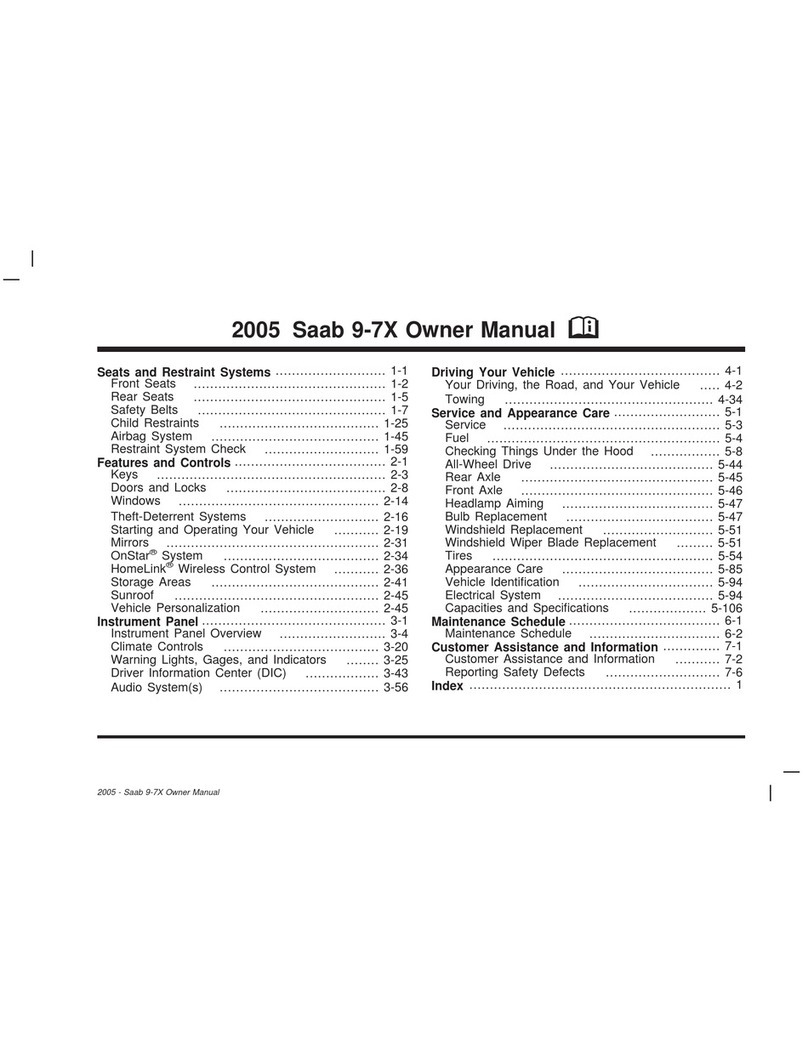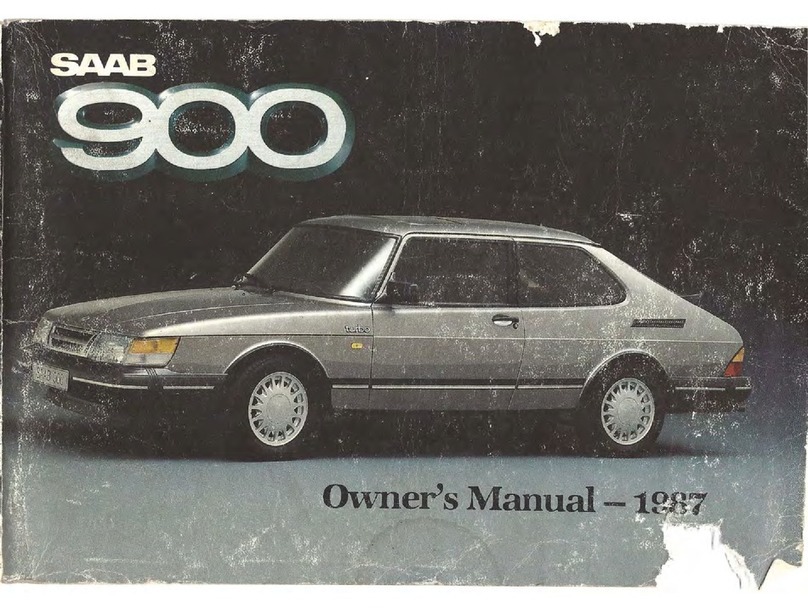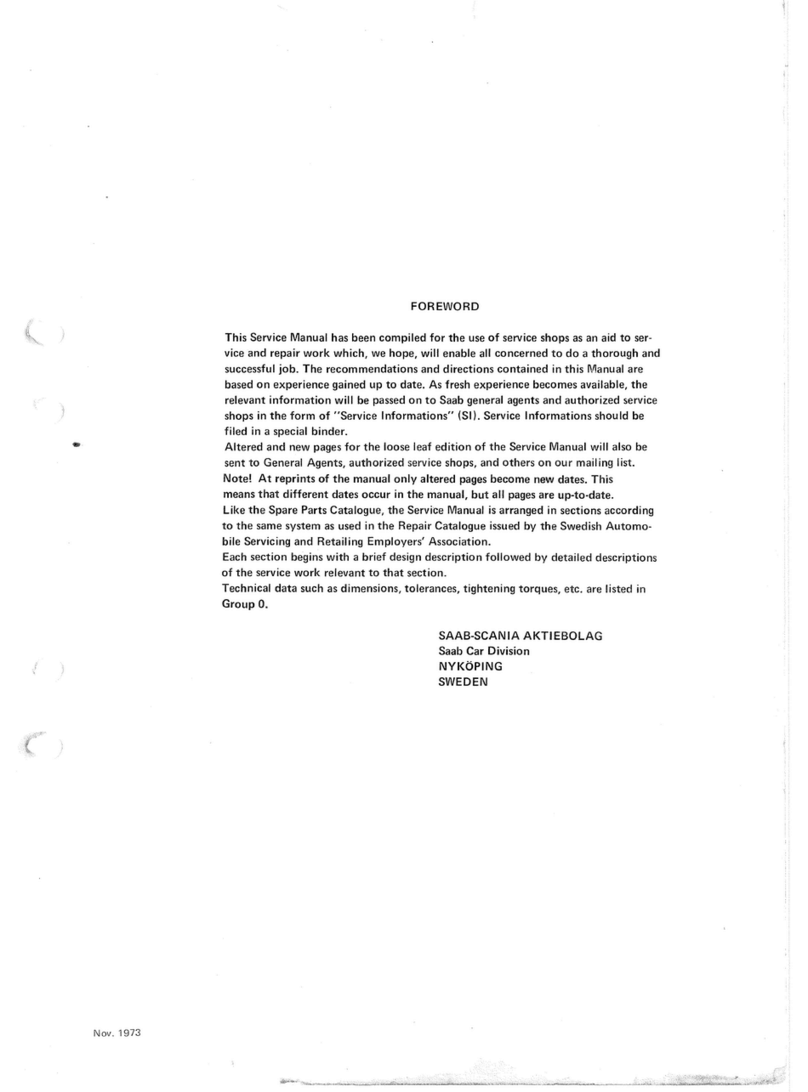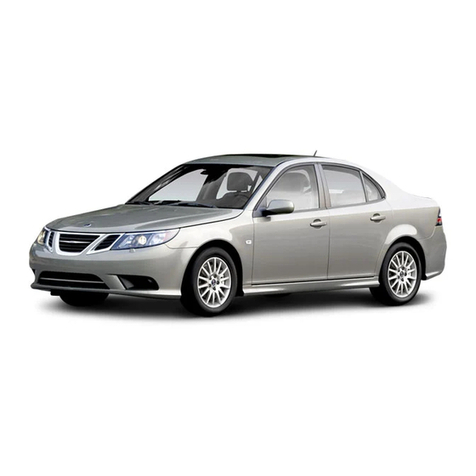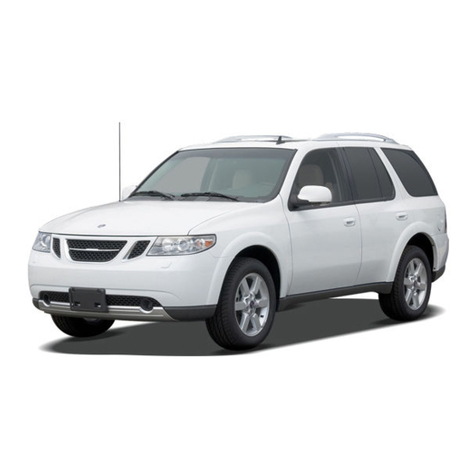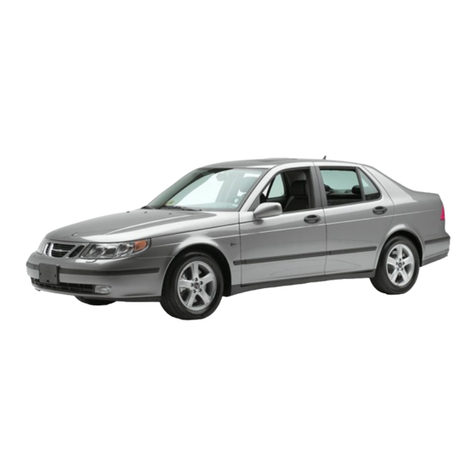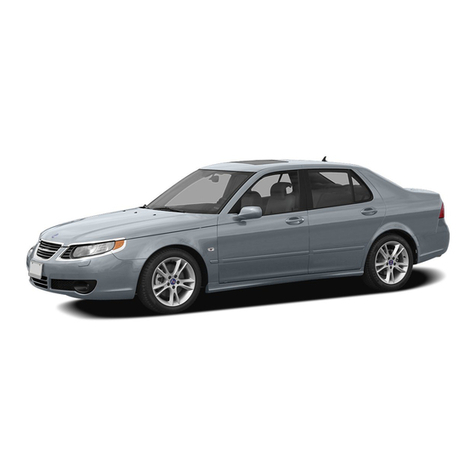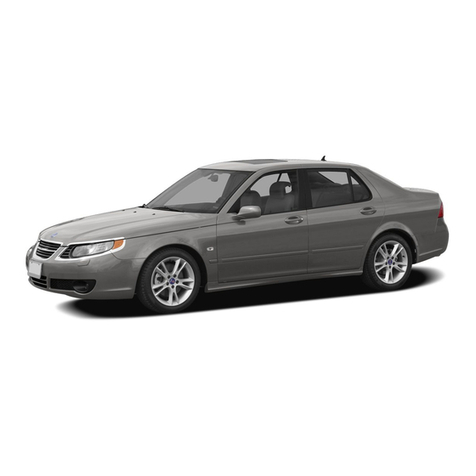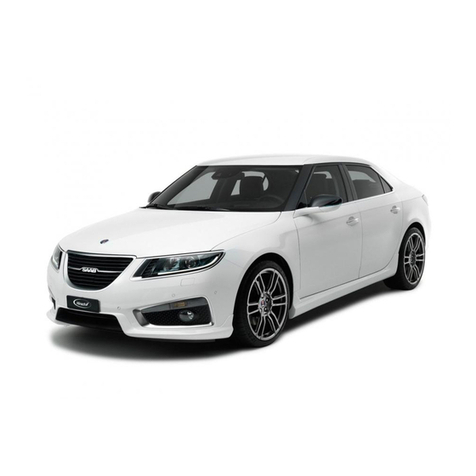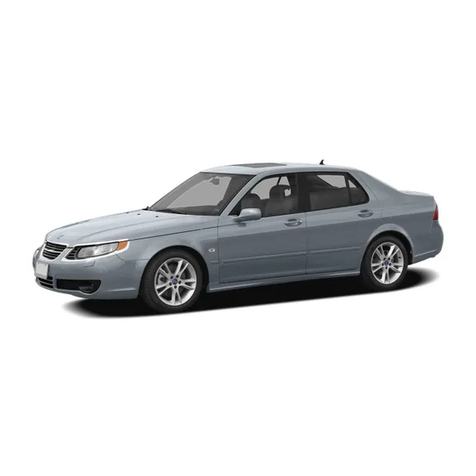2
Introduction
Thismanualprovidespracticalguidanceon
driving and caring for your Saab.
The Saab 9-3 will be available with the fol-
lowing engine variants:
• 2.0t 175 hp
• 2.0 Turbo 210 hp
Although this manual describes the most
important differences between model vari-
ants, it does not specify the equipment or
features included on individual models.
Importation and distribution of Saab auto-
mobiles, spare parts and accessories are
handled exclusively by Saab Cars, Inc. in
theUnitedStatesandbyGeneralMotorsof
Canada Limited in Canada.
We recommend that you read through the
manualbeforetakingthecaroutforthefirst
time and keep it in the car for future refer-
ence.
To find a specific item, use the overviews
given on page 3–6. A list of content is given
at the beginningof each section ofthe man-
ual, and there is also a comprehensive
index at the back of the book.
Supplied with the car is a Warranties and
Service Record booklet which contains
important warranty information and speci-
fies the regular maintenance to be carried
out. Also included is a Quick Reference
Guide,anInfotainmentSystemmanual,tire
warranties and (U.S. customers), a dealer
directory with Roadside Assistance Pro-
gram information.
Since the policy at Saab is one of continual
improvement, we retain the right to incorpo-
ratemodificationsandtoalterspecifications
during production without prior notice.
If you have any questions concerning your
car, its equipment, the warranty conditions,
etc., your Saab dealer will be pleased to
help, or you may call the Saab Customer
Assistance Center inthe U.S. at1-800-955-
9007 or email them at saab-
crm@saabusa.com. In Canada, please
contact the Saab Customer Assistance
Center at 1-800-263-1999.
Enjoy the road ahead!
Saab Automobile AB
Saab Automobile AB does not accept liability for
any damage caused by the fitting of spare parts,
exchange parts or accessories that are not
approved by Saab Automobile AB.
WARNING
WARNINGtextswarnagainstthedanger
of injury if the specified instructions are
not followed.
NOTICE
NOTICE texts warn of potential damage
to thecar if the recommendations arenot
followed.
